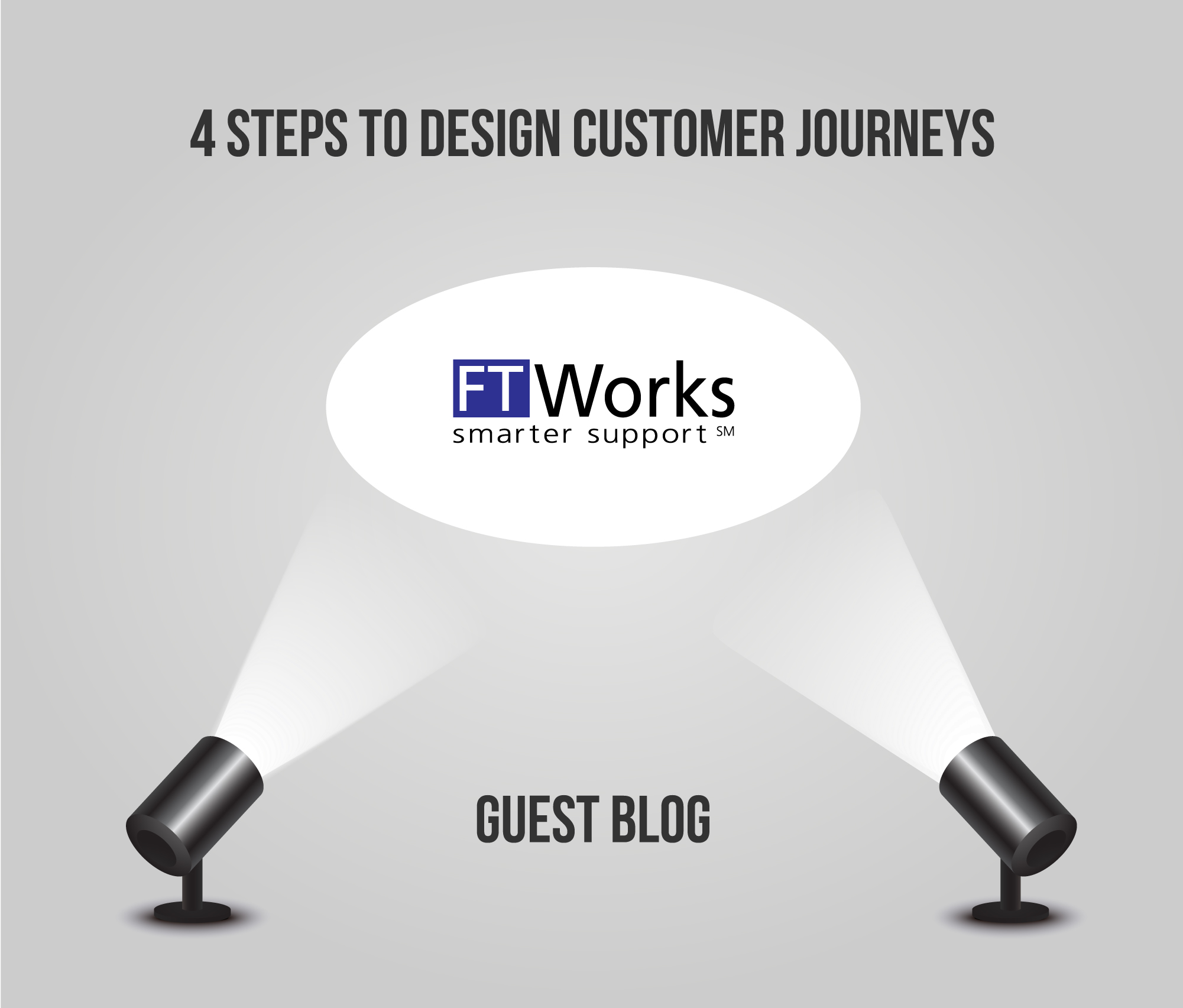If you’re interested in designing a better customer experience, start by creating personas and journeys. It’s a relatively small investment that will illuminate where you need to make improvements and in what order.
Here are 4 steps to organize the task.
Assemble a cross-functional team
Interesting discoveries happen when you bring a cross-functional team together. Salespeople share how they work around purchase blockers in the Finance team. Customer success managers realize that no one really tells customers what they need to do on their end to be successful with the product. And support managers discover that the support knowledge base is used to convince prospects to sign on.
Pick a team that:
- Represents all customer-facing functions (marketing, sales, implementation/onboarding, customer success, support), plus marketing and product.
- Includes individuals who are senior enough to make decisions for the function they represent, but hands-on enough to understand processes and tools.
- Favors forward-looking, innovative individuals. You want them thinking about the future and how to do things better, not bound to how it’s been done in the past.
- Has global Customers and customer practices may be quite different in different regions.
- Is not too big. Yes, you want to represent all functions but if you go beyond a dozen members, you may get paralysis instead of action.
You can schedule the project for a couple of intense days, or as a series of weekly meetings. I like weekly meetings because it allows participants to reflect on the decisions between meetings, but in either works make sure all team members can participate fully.
Start with personas
Almost all organizations cater to more than one type of customer, and often multiple types of contacts within each customer type. For instance, marketing automation vendors may interact with small business owners and also Marketing teams; infrastructure vendors with sysadmins and CIOs; sales automation vendors with Sales VP and IT developers; healthcare vendors with small-practice physicians, Chief Medical Officers, and IT teams.
To define the personas that matter for you:
- Model roles, not specific titles. For instance, you may be working with various individuals in your customers’ Finance teams during the sales cycle—but a single “Finance” persona may be all you need if their main roles is to approve budgets.
- Reuse, carefully. The sales playbook or onboarding scripts probably use personas. You don’t need to adopt them as is, but they are a good start.
- Start small. Human beings do best with 5+/- 2 concepts so keep your persona lineup reasonably limited.
- Create a portrait of each persona: what are they responsible for? What do they care about? What’s important for them in your product? And give each persona a memorable name. I know that journeys are working when I hear someone say “Edna [Educator] would never do that!”
Create end-to-end journeys
With personas in hand, you can define their journeys, which are visual representations of how they interact with your organization. A visual representation is a powerful tool to:
- Define stages for the customer lifecycle. Typically it is divided between pre-sales and post-sales, with stages like Awareness/Solution/Selection and Onboarding/Adoption/Expansion, respectively.
- Model the entire cycle. Some personas barely matter during pre-sales and others only matter during pre-sales. Identify who is active when—and how to phase them in and out as appropriate.
- Identify key activities and assets. For instance, during the pre-sales Awareness stage, you likely offer webinars (activities) and leverage analyst reports (assets). This is the time to remind the team to dream a little: don’t just record what you do now; establish what a good experience should be.
- Establish ownership. Activities and assets that don’t belong to one team or another are rarely done well. Insist on owners for each.
Use the journeys
Once the journeys are ready, it’s time to enjoy all their benefits.
- Identify critical change initiatives. Pain points will pop up as you create the journeys. You are likely to find that some assets are entirely missing and some activities are unnecessarily painful. Define how you can bridge the gaps.
- (Re)define processes and playbooks. The journeys highlight the interplay between organizations, which help create processes that overcome organizational silos.
- Train customer-facing teams. Ask each team member to match their customer contacts to personas, and from there to the right process or playbook.
- Keep them fresh. Journeys don’t get stale overnight, but do refresh them yearly and also as new products or markets are launched.
Can you share how your organization manages personas and journeys? Tell us in a comment.
Francoise Tourniaire is the author of The Art of Support and the founder of FT Works, a boutique consulting firm that helps technology companies improve their customer success and support organizations. You can reach her here.

